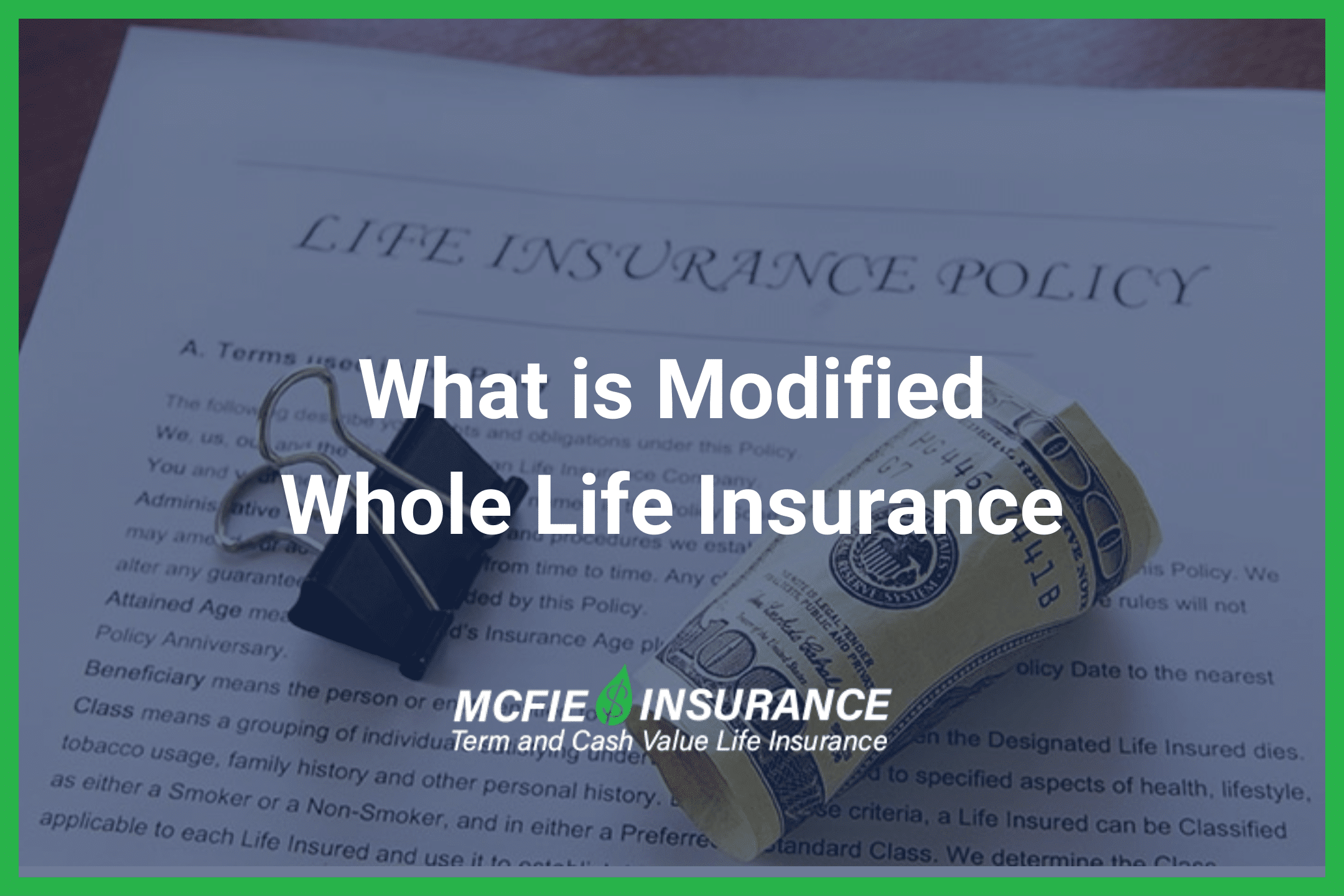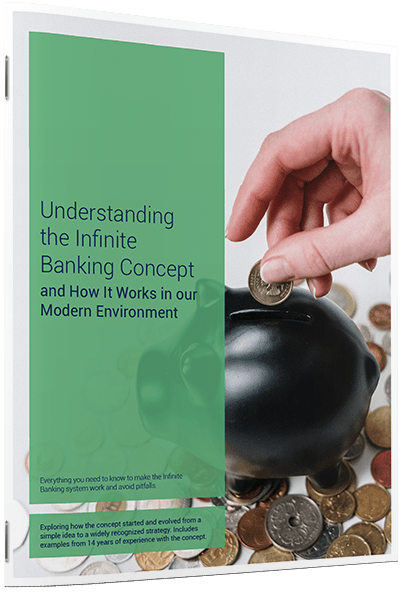702-660-7000
702-660-7000

Modified whole life insurance is an option that some insurance companies offer to people who want permanent life insurance coverage with a lower premium initially. Let’s go over what this type of policy is, the long-term effects, and another potential option to make the most of your money.
A modified whole life insurance policy provides an alternative premium payment structure, offering initially lower premiums that later increase. Specifically, this policy features below-average premiums at the outset, followed by a hike to above-average rates after a predetermined number of years for the remainder of the term.
Typically, these premiums remain more affordable for a duration of 5 to 10 years before the increase. Once elevated, the premiums stabilize at a higher level, while the death benefit remains constant, presenting a potentially appealing feature. Nevertheless, over time, the cumulative cost of a modified whole life insurance policy surpasses that of a standard policy, underscoring the importance of thorough research and consideration to ensure its suitability as the best choice.
Most term life insurance policies are designed to provide coverage for a specific duration, such as 10, 20, or 30 years, after which they expire without any benefit if you outlive the term. In contrast, modified term policies also offer comparatively low premiums for a set period, but there will be no death benefit for your beneficiaries if you surpass the term’s duration.
Whole life insurance, on the other hand, ensures coverage throughout your lifetime and incorporates a cash value feature, somewhat akin to a savings account, which accumulates over time. This accumulation allows you the option to borrow against the policy’s cash value from the insurance company.
Among the various life insurance options, modified whole life insurance stands out as a prevalent choice. It too can accrue cash value, albeit at a slower rate compared to traditional whole life policies that are tailored to maximize cash value growth.
At first glance, modified whole life insurance appears to be an appealing choice for those in search of permanent life insurance protection, offering the benefit of initially lower premiums.
Yet, it’s crucial to weigh both the pros and cons before committing to a policy; indeed, opting for a blend of traditional whole life insurance and convertible level-term life insurance (as two distinct policies) might more effectively meet your requirements than a singular modified whole life insurance plan.
When considering a modified whole life insurance policy, you may see certain benefits, such as:
Before committing to a modified policy, you should fully understand the drawbacks you’re signing up for.
A combination of non-modified whole life and convertible term life insurance can provide similar benefits to a modified whole life insurance policy while avoiding some of these disadvantages.

Understanding the Infinite Banking Concept and How It Works In Our Modern Environment 31-page eBook from McFie Insurance Order here>
If your goal is to merge the short-term cost benefits of a term policy with the enduring advantages of a permanent policy, while enjoying initially lower premiums, there’s an alternative path. You might consider integrating convertible term life insurance with non-modified whole life insurance. This strategic combination is gaining traction financially, leading to a decline in the popularity of modified whole life insurance policies.
By blending these two insurance varieties, you secure permanent protection, potentially larger death benefits, increased adaptability, and often, more affordability.
This approach also empowers you to tailor the mix of term and whole life insurance to your specific needs, which can be incredibly beneficial. For instance, if your family is currently tackling significant debt, such as a mortgage, opting for a higher proportion of term life insurance initially, complemented by whole life insurance, can provide a more substantial death benefit during the period when your mortgage balance is at its peak, diminishing as the debt reduces over the next 10-20 years.
At first glance, opting for a less expensive policy that offers lifelong coverage might appear attractive. Yet, this choice commits you to higher lifetime premiums without the advantages of whole life insurance or the combined benefits of both convertible term and whole life insurance. To maximize your long-term financial benefits, starting with a mix of convertible term and traditional whole life insurance, specifically structured to accumulate significant cash value, often proves to be the most sensible strategy.

Get a working knowledge of how each type of life insurance policy works.
After reading this 10-page booklet you'll know more about life insurance than most insurance agents.
Download here>
Everyone needs and deserves life insurance coverage that provides peace of mind now and a financial legacy for the loved ones we leave behind. McFie Insurance wants you to have the right policy (or combination of policies) that will serve you, not just for a few years, but for the rest of your life. With the right strategy, you can get some of the benefits of both term and high-cash whole life insurance, and see your money grow.
Our team is ready to hear about your needs and simplify the insurance process so that you can make a confident decision. Schedule a strategy session to learn more about the alternative options to modify whole life insurance.
 by John T. McFie
by John T. McFie
I am a licensed life insurance agent, and co-host of the Wealth Talks podcast.
At age 14 I started developing spreadsheet models and software systems to help my Dad share financial concepts with clients.
Skipped college at 17 recognizing the overinflated value and prices of most college degrees and built more financial software instead (see MoneyTools.net). Still a strong advocate of higher education without going to college. I enjoy making financial strategies clear and working through the numbers to prove results you can count upon.